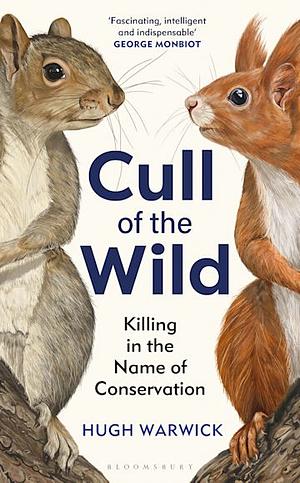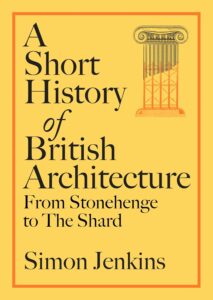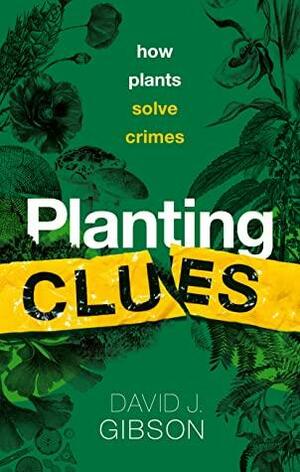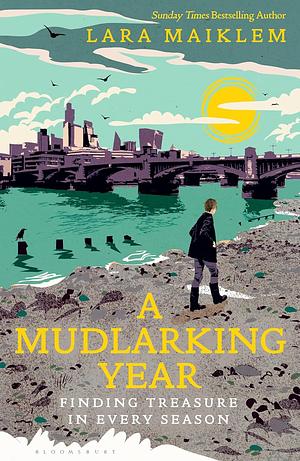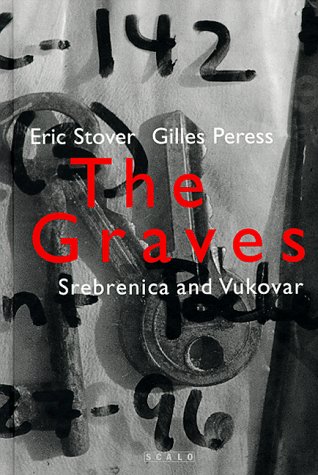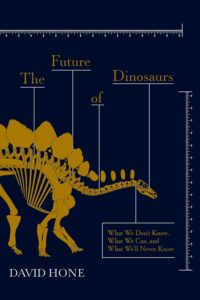
The Future of Dinosaurs: What We Don't Know, What We Can, and What We'll Never Know
by David Hone
Genres: Non-fiction, SciencePages: 272
Rating:

Synopsis:Discover the latest frontiers in dinosaur research with Dr David Hone.
Ever since we first started discovering dinosaurs in the early-1800s, our obsession for uncovering everything about these creatures has been insatiable. Each generation has made huge strides in trying to better our understanding of these animals and in the past twenty years, we have made more discoveries than in the previous two hundred.
There have been extraordinary advances in palaeontological methods and ever more dinosaur fossils promise a landslide of new data and huge leaps forward in our understanding of these incredible animals. Over time, we have been bale to look at the sizes and shapes of bones, we have identified patches of fossil skin, we have looked at footprints and bite marks and we've calculated mass estimates and walking speeds.
With surprisingly little data to work from, we can put together a picture of an animal that has been extinct for a million human lifetimes. But for all our technological advances, and two centuries of new data and ideas, there is stull much more we don't know. What parasites and diseases afflicted them? How did they communicate? Did they climb trees? How many species were there?
In The Future of Dinosaurs, palaeontologist Dr David Hone looks at the recent strides in scientific research and the advanced knowledge we've gathered in recent years, as well as what we hope to learn in the future about these most fascinating of extinct creatures.
David Hone’s The Future of Dinosaurs: What We Don’t Know, What We Can Know, and What We’ll Never Know has a very descriptive title that tells you pretty much what’s to come. The seventeen chapters cover various aspects like anatomy, physiology, mechanics and movement, appearance, etc, discussing a little about what we do know, and illuminating where that knowledge can grow, and where we may never know more.
For the enthused dinosaur fan who reads loads of popular science books about dinosaurs, there’s probably not a lot here that’s very surprising — certainly I’m a fairly moderate dinosaur fan, and I wasn’t very surprised by most of it, though I did learn some snippets here and there. For example, about the fact that dinosaurs could and modern birds can isolate infection in one part of the body rather than tending to see systemic spread like humans. I want to do a bit more research into how; more localised immune responses, rather than a lymphatic system…? Or some kind of trigger-happy immune cell policing things harder? I’d like to know.
It’s a pretty dense book, with some black-and-white photos and illustrations; it looks very slim on the shelf, at least in the edition I read, but it has tiny text, so there’s more here than you’d think.
Rating: 4/5



